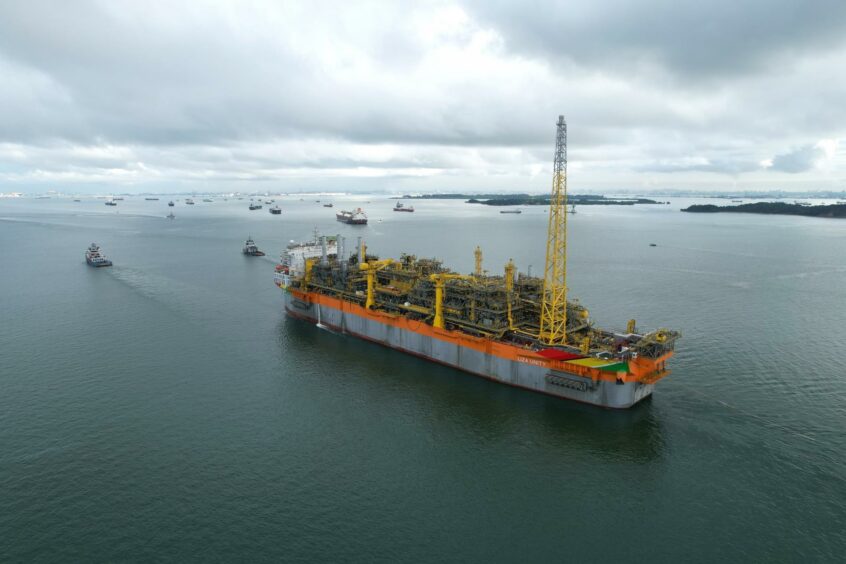
Brazil and Guyana are set to make “major contributions” to the world’s future oil supply, according to the International Energy Agency (IEA), while Russia and African OPEC members decline.
The IEA set out its World Energy Outlook 2023 today, setting out how it sees the world’s future energy balance. In the context where it expects oil demand to peak this decade, which producers will be able to make headway will be key.
The US produced 7.5 million barrels per day of tight oil in 2022, the IEA reported. By 2030, it will have increased by around 2mn bpd. By 2050, it will have dropped back to around 8.5mn bpd.
Also, based on the IEA’s STEPS baseline scenario, Guyana will increase production to around 2mn bpd by the mid 2030s. Under the more conservative APS scenario, the IEA sees Guyana reaching 1.3mn bpd by 2035.
Brazil, meanwhile, will add around 1mn bpd by 2035.
The third largest oil production increase under the APS scenario comes from Qatar. This should add around another 600,000 bpd by 2035.
The IEA sees a bleaker outlook for Russia. The country will see its production decline by 3.5mn bpd by 2050.
Russia also suffers as a result of the major LNG expansion under way. By 2030, another 250 billion cubic metres per year of liquefaction capacity will be online. This, it said, “creates major difficulties for Russia’s diversification strategy towards Asia”.
Russia earned around $100 billion from its gas sales in 2021. The IEA sees that, in all its scenarios, gas sales will fall to less than $40bn in 2030.
Mature gas markets such as Europe have entered “stronger structural decline” and emerging markets lack the required infrastructure.
OPEC also does not have an easy ride, but it will become increasingly Middle Eastern focused. The group’s overall output will rise by 1mn bpd to 2030, the IEA said, which includes a 1.5mn bpd decline from OPEC’s African members.
Amid declining demand in Europe, the oil trade between the Middle East and Asia will become increasingly important.
Recommended for you

